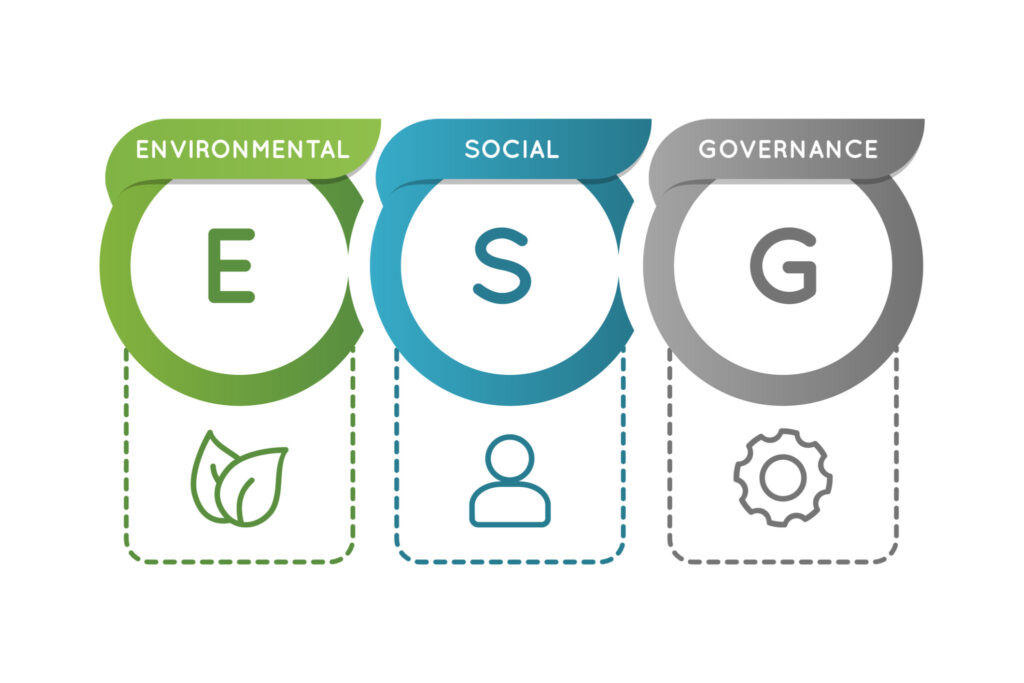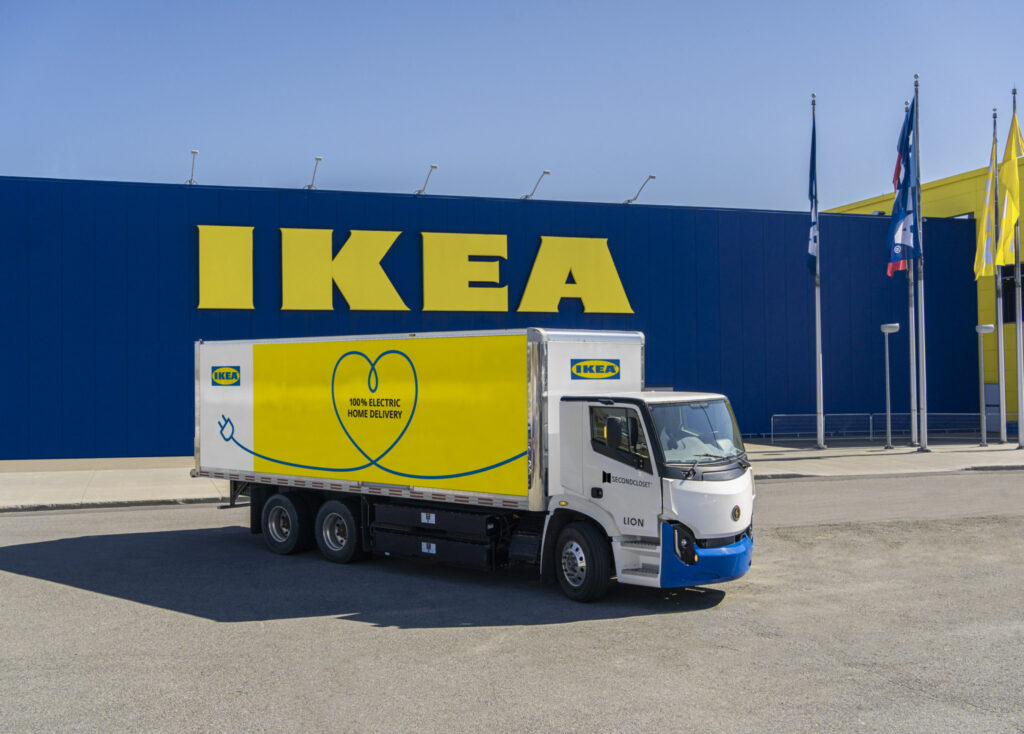Truck fleets play growing role in customer ESG commitments
Matt McLelland, Covenant Logistics’ vice-president – sustainability and innovation, points at recent requests for proposals when describing the increasing role of sustainability in fleet business practices.
“The environment is the thing most people are talking about,” he said during an ACT Expo workshop. “There were more sustainability questions than there were about, ‘Can you deliver the freight?’ and ‘Can you do it on time?’”
Many of the answers to such questions are highlighted in corporate environmental, social and corporate governance (ESG) reports. And the fleet data which feeds such documents is increasingly being used to cut through the empty promises often described as ‘greenwashing’.

“All for-hire carriers are going to have to do these types of things,” McLelland told the crowd.
“The customer really cares about it… They are going to be expecting carriers like us to make a difference.”
The pressures from publicly traded companies could increase further still, with the U.S. Securities and Exchange Commission (SEC) looking to require publicly traded companies to disclose climate change risks and emissions.
It marks the latest evolution in corporate reporting.
From the 1980s to early 2000s, many corporations began formally committing to social responsibilities (CSR), looking to take actions that were in the best interest of the environment and society as a whole, said Nate Springer, senior director – market development for GNA clean transportation and energy consultants.
That evolved into a focus on sustainability, looking at economic, environmental and social dimensions alike. From there, it has shifted to environmental, social and governance (ESG) reports that socially conscious investors use to decide where to place their money.
McLelland puts it another way: the former CSR reports were qualitative measures, while ESG reports are quantitative.
Commitments in the details
The true commitments to sustainability are in the specific details.
“How much are we reducing and by when,” explained Celeste Griffy, senior director of communications strategy at GNA. Walmart, for example, wants to zero out the emissions of all its vehicles — including longhaul trucks — by 2040. That is supported by working with suppliers to avoid 1 Gigaton of GHG emissions by 2030. “They’re metric-driven and time-bound. Those two measures are important.”
Such reporting also defines specific roles. Purolator’s ESG commitments, for example, include roles for all senior managers and even the board of directors. “It shows there’s a certain level of seriousness. There’s a rigor,” she said.
But through these commitments, every approach must be unique.
“There’s not one cookie cutter model you can borrow,” said Terry Travis, managing partner at EV Noire, an organization that focuses on e-mobility.
Greener trucks and more
Ultimately, these measures require greener trucks and more.
Global OEMs now need to consider the impact of rare earth minerals used in batteries, or where and how the renewable content for biodiesel is sourced, Springer said. One of the early forays into renewable fuels, for example, led to an increased focus on palm oil and how it was linked to deforestation in Indonesia. “That’s not the kind of thing any of our organizations want to be promoting – even though it’s halfway around the world.”

“I think all of us have grabbed the low-hanging fruit like trailer skirts and aerodynamics,” McLelland said. Now his fleet is looking at electric auxiliary power units, describing them as the best $10,000 a company could spend. And where battery-electric vehicles may not take Covenant trucks from Georgia to Los Angeles very easily, the fleet sees opportunities in hydrogen fuel cells. It has signed a deal with Nikola to purchase a blend of 50 battery-electric and hydrogen-electric units. The first of those have been on the road for three weeks, without any problems.
The related technology also continues to evolve. He offered the example of Remora, which has developed a carbon-capture system that can be bolted on to a Class 8 truck. The 6,000-lb. unit will capture and store 80% of carbon emitted from a vehicle. Every 700 miles (1,100 km) the container is offloaded, with the material collected and sold to concrete and steel manufacturers. Users of the $30,000 units share in the profits.
“There is a lot of really cool stuff happening in the sustainability space,” he said. “I’m a very big fan of private industry solving problems like this.”
The costs can also deliver direct financial benefits. When Walmart committed to double the efficiency of its fleet, it found it would save about $1 billion a year in fuel costs, Springer said. “A classic win-win.”
While a corporate sustainability report may be an end game, many other goals will come before that, said GNA’s Griffy. Pause and think about what the individual stakeholders are looking for.

Ikea, for example, handles 2 million shipments per year, using 160 land, ocean and air suppliers. Each is expected to play a role in Ikea’s journey to become climate positive by 2030 – which means cutting greenhouse gas emissions below those emitted by the overall value chain.
TMS and sustainability
The supply chain produces the equivalent of 1 million tonnes of CO2 equivalents per year, and 52% of that is from land transportation. By 2030 the business wants absolute emissions down 15% and relative emissions per tonne-km down 70%, compared to a baseline year of 2017. Half those targets are to be reached by 2025.
Fleets play a role in measuring the details. Ikea created a high-level overview in 2010, using data from a transportation management system and SmartWay, among other sources. But Clarisse Reiter, sustainability developer with Ikea’s supply chain group, admits several gaps remained. The first transportation management system (TMS) didn’t account for empty miles, and couldn’t capture the impact of alternative fuels and biodiesel.
A BearingPoint TMS that came in 2018 helped to report all GHG gases and some air pollutants, but also delivered greater granular calculations. “We could dig into the data. We could look at different legs of transportation,” Reiter said, noting how it could them simulate route-level emissions.
“We survey our service providers and ask them for data,” Reiter added. “We do have more work to do in this respect.” She also recommended a visual dashboard to easily highlight changes.
Measure and report such data more than once a year, she said. Align with an externally recognized standard, too. And don’t forget to identify the gaps.
“Don’t be afraid to revise, and remember to recalculate the baseline.”
Have your say
This is a moderated forum. Comments will no longer be published unless they are accompanied by a first and last name and a verifiable email address. (Today's Trucking will not publish or share the email address.) Profane language and content deemed to be libelous, racist, or threatening in nature will not be published under any circumstances.